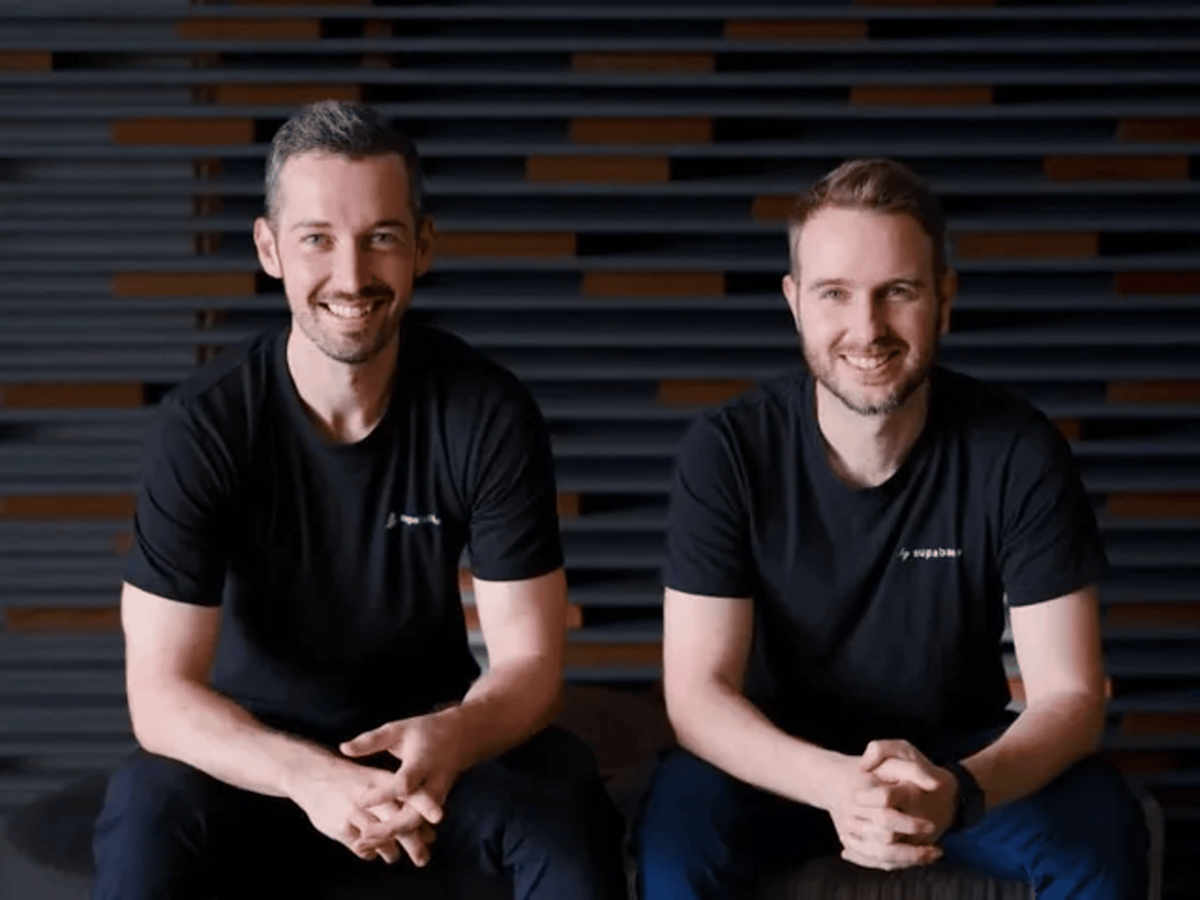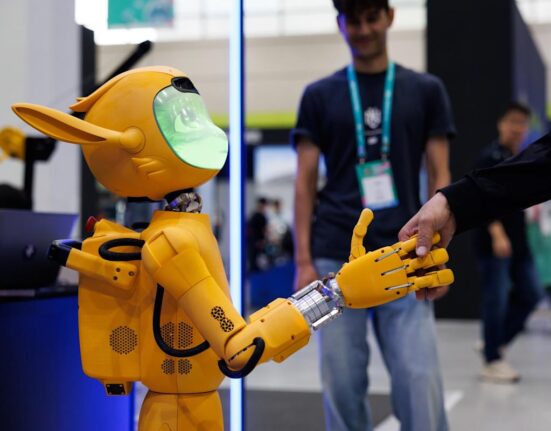The vibe coding movement, as Paul Copplestone figures it, started last December—and we’re already a few eras in.
“So, wave one of vibe coding was like, ‘You’ll never need more software,’” said Copplestone, CEO and cofounder of Supabase, an open source application development platform. “Wave two is, ‘Oh, you’ll never need to write code again.’… And then wave three, which we’re in now, is where these ideas converge—there’s a nice happy path for anyone who’s on their mobile, looking to build an app. They start on mobile, kick it across to their laptop, and then it scales out.”
Copplestone is in a unique position to monitor the vibe coding movement. His company, which provides backend infrastructure for AI and no-code platforms like Bolt and Lovable, grew its user base from one million to north of four million developers over the last year. “AI builders,” as Copplestone terms them, tend to represent about 30% of their signups. Supabase is built on Postgres, the popular developer database system that competes with Google’s Firebase and is a bet on an open-source future.
In April, Term Sheet broke the news that Supabase had raised $200 million in an Accel-led Series D, valuing the company at $2 billion. Now, about five months later, Supabase has raised a $100 million Series E at a $5 billion valuation. Accel and Peak XV led the round, with Figma Ventures joining the round along with other existing investors. (Supabase declined to disclose current revenue figures.) Supabase—which has now raised $500 million since its 2020 founding—also included an opportunity for the startup’s developer community to co-invest in the round as part of a “build-together, owned-together mentality,” Copplestone said.
There’s only one new institutional investor in this round—Figma. Copplestone’s an admirer of Figma CEO Dylan Field and the company’s rollicking, very online user community (and Supabase helps underpin AI design tool Figma Make). Otherwise, Supabase restricted the company’s Series E to insiders, despite interest from outside investors.
“The future of Supabase, I hope, is the $50 billion, $100 billion outcome,” Copplestone told Fortune. “Is that extra investor going to get you there when you wouldn’t have otherwise? Are they going to add $5 billion to the top? The math isn’t quite certain, especially when we’ve already got investors that I feel will be able to get us there, at least for now.”
Copplestone’s an optimist about one of the most existential questions around vibe coding: As it gets easier for anyone to code, what will happen to coding and developer jobs?
The vibe coding movement, as Paul Copplestone figures it, started last December—and we’re already a few eras in.
“So, wave one of vibe coding was like, ‘You’ll never need more software,’” said Copplestone, CEO and cofounder of Supabase, an open source application development platform. “Wave two is, ‘Oh, you’ll never need to write code again.’… And then wave three, which we’re in now, is where these ideas converge—there’s a nice happy path for anyone who’s on their mobile, looking to build an app. They start on mobile, kick it across to their laptop, and then it scales out.”
Copplestone is in a unique position to monitor the vibe coding movement. His company, which provides backend infrastructure for AI and no-code platforms like Bolt and Lovable, grew its user base from one million to north of four million developers over the last year. “AI builders,” as Copplestone terms them, tend to represent about 30% of their signups. Supabase is built on Postgres, the popular developer database system that competes with Google’s Firebase and is a bet on an open-source future.
In April, Term Sheet broke the news that Supabase had raised $200 million in an Accel-led Series D, valuing the company at $2 billion. Now, about five months later, Supabase has raised a $100 million Series E at a $5 billion valuation. Accel and Peak XV led the round, with Figma Ventures joining the round along with other existing investors. (Supabase declined to disclose current revenue figures.) Supabase—which has now raised $500 million since its 2020 founding—also included an opportunity for the startup’s developer community to co-invest in the round as part of a “build-together, owned-together mentality,” Copplestone said.
There’s only one new institutional investor in this round—Figma. Copplestone’s an admirer of Figma CEO Dylan Field and the company’s rollicking, very online user community (and Supabase helps underpin AI design tool Figma Make). Otherwise, Supabase restricted the company’s Series E to insiders, despite interest from outside investors.
“The future of Supabase, I hope, is the $50 billion, $100 billion outcome,” Copplestone told Fortune. “Is that extra investor going to get you there when you wouldn’t have otherwise? Are they going to add $5 billion to the top? The math isn’t quite certain, especially when we’ve already got investors that I feel will be able to get us there, at least for now.”
Copplestone’s an optimist about one of the most existential questions around vibe coding: As it gets easier for anyone to code, what will happen to coding and developer jobs?












Leave feedback about this